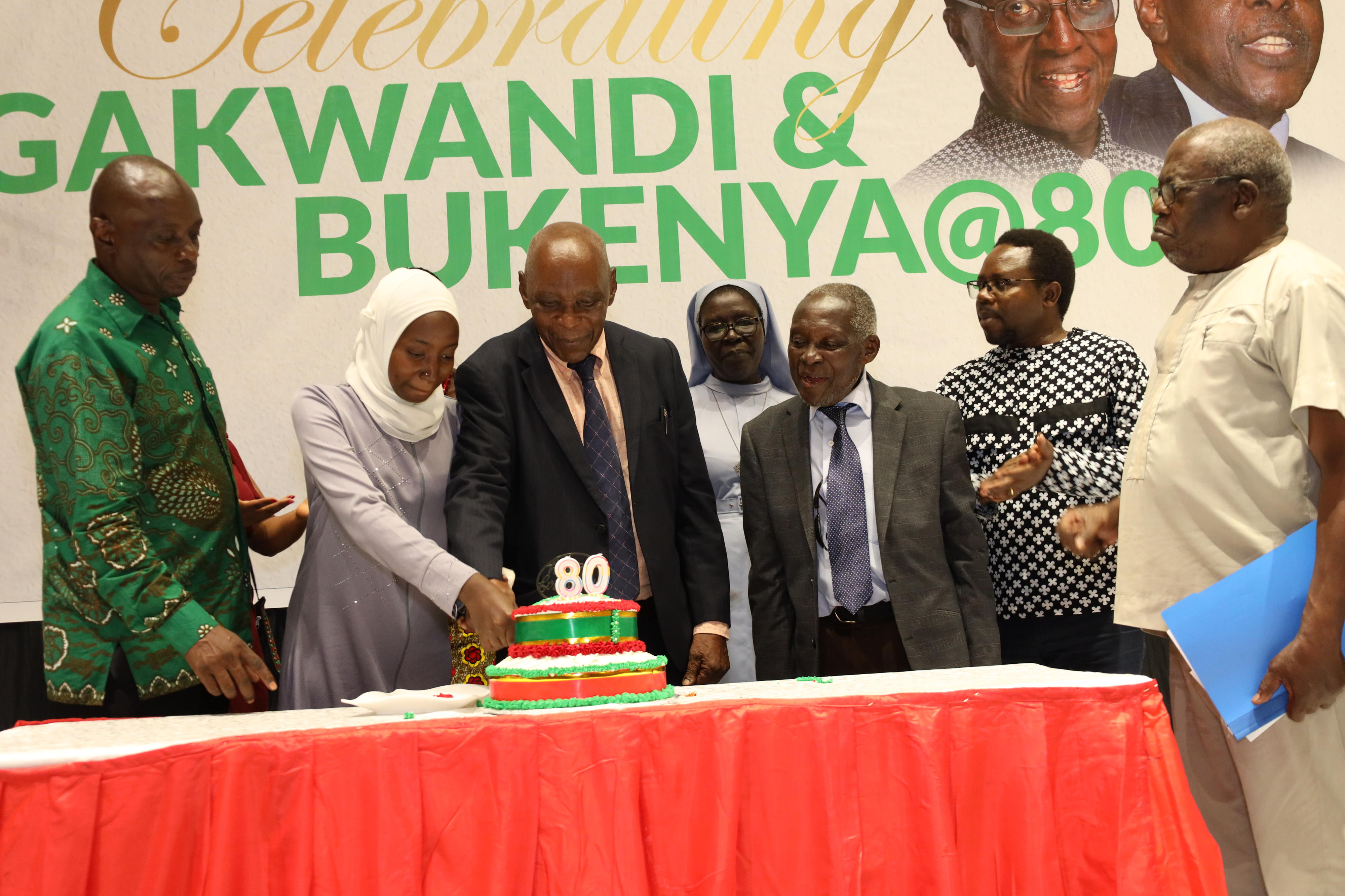Teenage pregnancies: An evil that still persists
What you need to know:
- Every parent wishes their child would study and reach the highest level possible. For teenage mothers, however, this is sometimes not possible as most drop out of school.
The latest statistics on the rate of teenage pregnancies signal that Ugandan teenagers are persistently turning a deaf ear to warnings against pre-marital sex.
Uganda, in the East African region, has the lowest age of sexual debut at just 16.4 [before the age of consent], compared to Tanzania at 17.4 years, and Kenya at 18.2, according to the 2011 Uganda Demographic Health Survey (2011 UDHS).
Teenage pregnancy is dangerous because teenagers are not ready physically, mentally and emotionally to have babies, medical doctors say.
However, the 2016 UDHS data shows that teenage pregnancies in Uganda increased from 24 per cent in 2011 to 25 per cent in 2016.
As a result; “25 per cent of adolescent girls between the ages of 15 and 19 in Uganda have already begun childbearing,” the report indicates.
Rachael Imalingat’s education ended prematurely when she got pregnant in 2008 at the age of 16 while in Senior Three.
“Being an orphan, I was left at the mercy of my 19-year-old boyfriend at the time as my guardians threw me out of their home,” the teenager, a resident of Soroti District, narrates.
Afraid of the apparent wrath of Imalingat’s guardians to arrest or force him to marry her, her boyfriend ran away from the school and subsequently the village.
“Either way, the school rules could not permit me to continue studying. So, I was dismissed,” Imalingat adds.
Undeniably, Teso sub-region, under which Soroti District falls, has the highest proportion of adolescents at 31 per cent who have begun childbearing, the 2016 UDHS indicates.
Imalingati’s story concurs with the 2016 UDHS report which further states that nearly three in every 10 adolescent girls between 15 and 19 years have begun childbearing; another indication that the teenagers are having unprotected sex.
Similarly, the 2015 UNAIDS country report indicates that teenagers and adolescents are particularly at a higher risk of contracting HIV/Aids. The situation is, however, not different in the central and western districts considering the increased abuse of social media, phones and peer pressure.
Dangers
Worse still, children born to very young mothers, surveys have indicated are at increased risk of sickness and death while teenage mothers will more likely experience adverse pregnancy outcomes. Mothers are also more constrained in their ability to pursue educational opportunities than young women who delay childbearing.
In the central district of Kiboga, Dr Micheal Musiitwa, the District Health Officer, says teenage pregnancy is a general problem in the district and the sub-region at large especially in the urban and trading centres, pointing at poverty as the underlying factor. “There is still need to keep girls in school, putting away disparities in schools, promoting school health and youth-friendly health services at facility level,” Dr Musiitwa states.
He adds that the existing youth-friendly services at health facilities should be strengthened so that the youth have a place they can get help. Similarly, Dr James Batyani, the District Health Inspector of Isingiro District, says teenage pregnancy is at an average rate of one in every 10 teenagers, pointing at poverty and early marriages as the major drivers of the problem.
“The age of sex debut is also as low as 13 years which is also as a result of poverty because the girls are desperate for material things their poor parents cannot provide,”he says.
Sex education
As an intervention to the lingering problem, government in 2004 drafted the Adolescent Health Policy to help address the young age group characterised by dramatic physical, psychological and social changes that are often not understood by adults. Eight years down the road, the Ministry of Health is yet to present the policy to Cabinet for approval. The policy intends to help teenagers with skills to cope with their body changes to prevent them from being vulnerable to early sexual intercourse and its negative effects including unwanted pregnancies, unsafe abortion and school drop-out.
The draft policy also covers all the issues that affect adolescent health and development including adolescent reproductive health system, alcohol and substance abuse, mental health and psychosocial support, school health, STIs and HIV.
Others are non-communicable diseases, communicable diseases, nutrition, accidents and injuries among other specifics where an adolescent needs information and treatment services.
Ms Miriam Namugere, the principal nursing officer in the Health Ministry’s Reproductive Health Division, says the policy hopes to address accessibility to age appropriate acceptable, affordable and quality health services and information to all adolescents without discrimination. “...We are still consulting the different stakeholders after which it will be forwarded to Parliament for approval,” she says.
Imalingat’s ruined future is typical of the grave effects of teenage pregnancy as an end result of the sexual relationships of majority school going teenagers in Uganda.
Similarly, the crane survey conducted from June through October 2010 among Senior Three to Senior Six students regardless of gender, which showed that at least 28.8 per cent of high school students in Kampala have had sex in their life time.
On average, high school students fall under the age group of 13 and 19.
“Of the sexually experienced students, one in seven rewarded or were rewarded for their first sex act whereas one in eight were forced to have sex the first time they did,” the survey report stated, adding that their first sexual encounter was with relatives at the age of 13.




